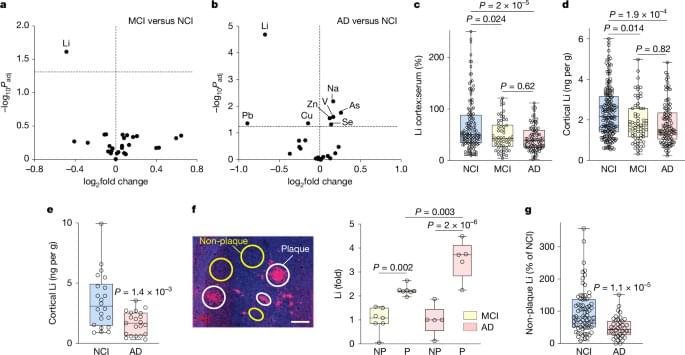Austin-area Firefly Aerospace has raised its IPO price range to target more than $6B valuation.
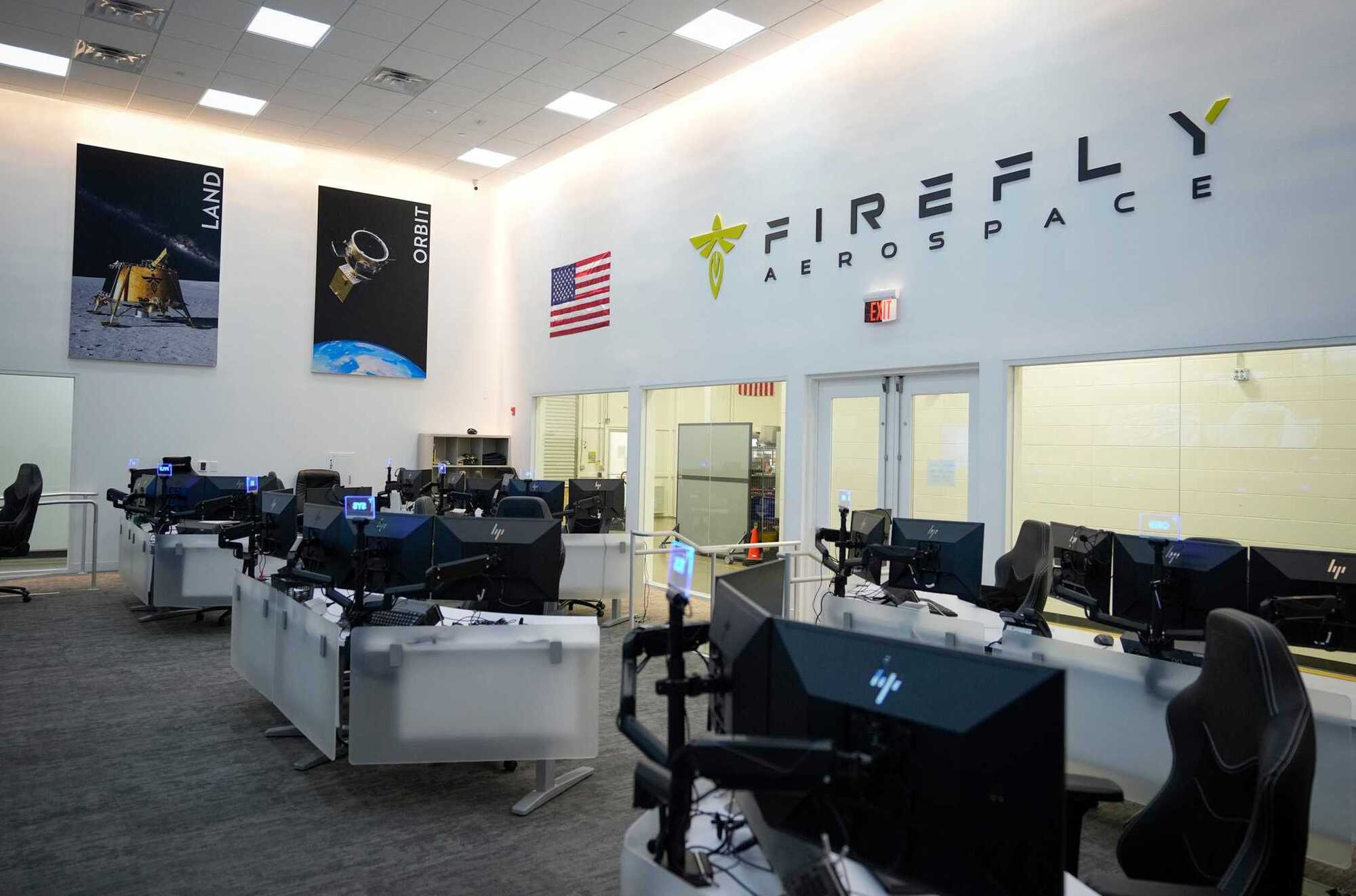

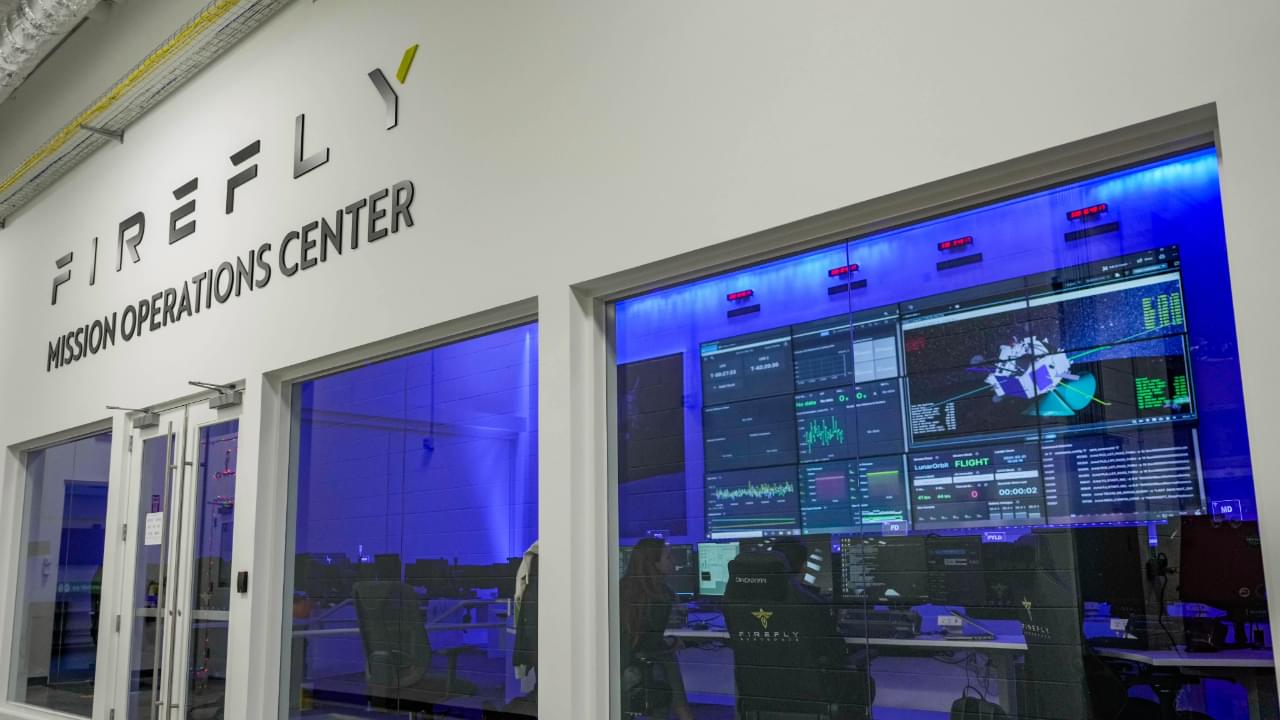
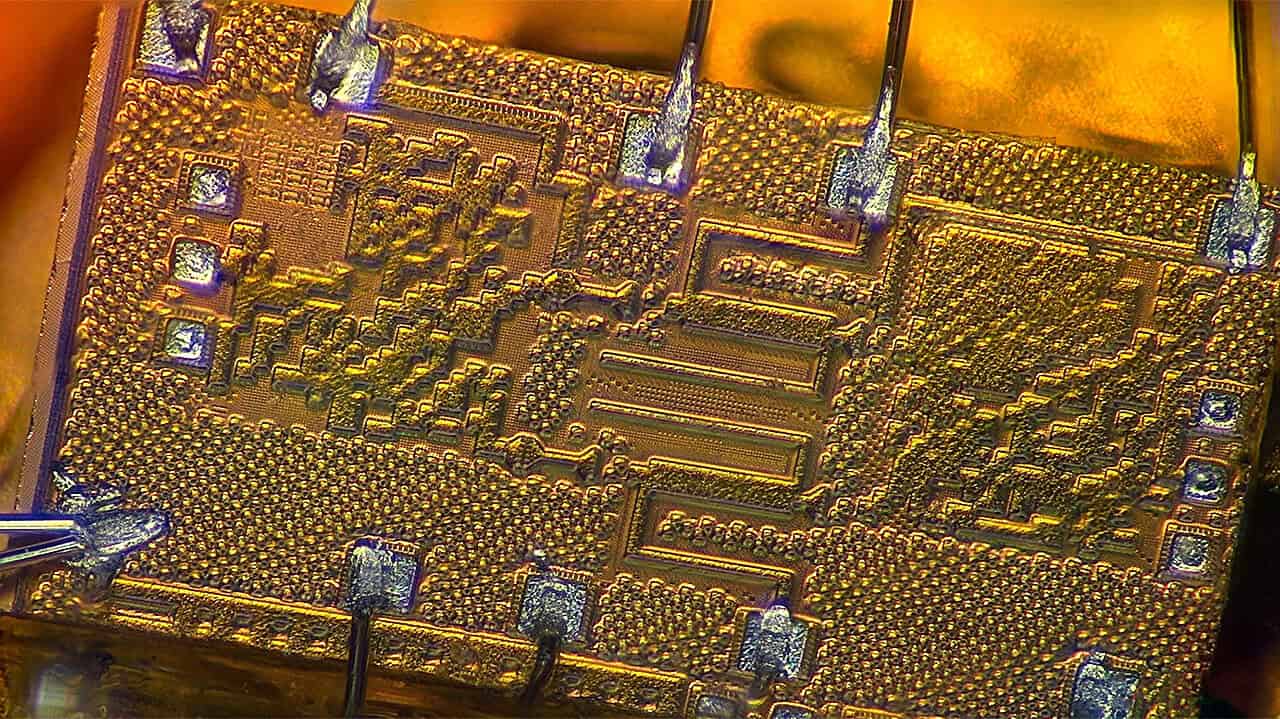
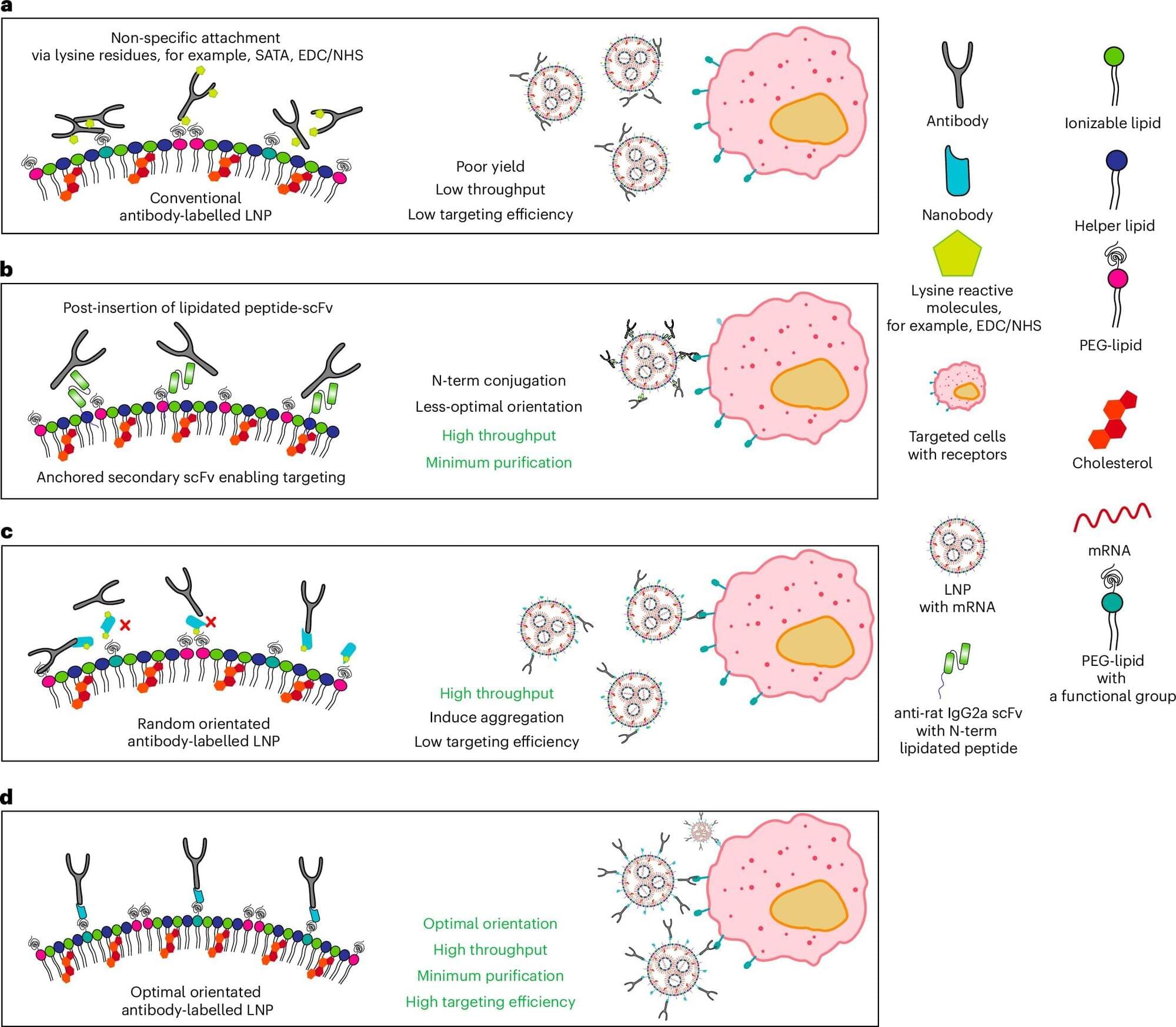
Researchers have developed a simple yet highly effective method for delivering mRNA to target cells, opening up new possibilities for future non-vaccine mRNA medicines for a broad range of diseases.
The Monash University study, published in Nature Nanotechnology, is a significant development in how mRNA is precisely delivered to cells to maximize efficacy and minimize off-target effects—vital components for future mRNA medicines as they continue to evolve.
Led by the Monash Institute of Pharmaceutical Scientists (MIPS), the interdisciplinary team of researchers used advanced technologies coupled with preclinical studies to produce a highly versatile method that captures and attaches antibodies to the surface of mRNA-loaded lipid nanoparticles while the antibodies are in their optimal orientation, thus enhancing the mRNA’s effectiveness and reducing side effects by making sure it only reaches its target destination.


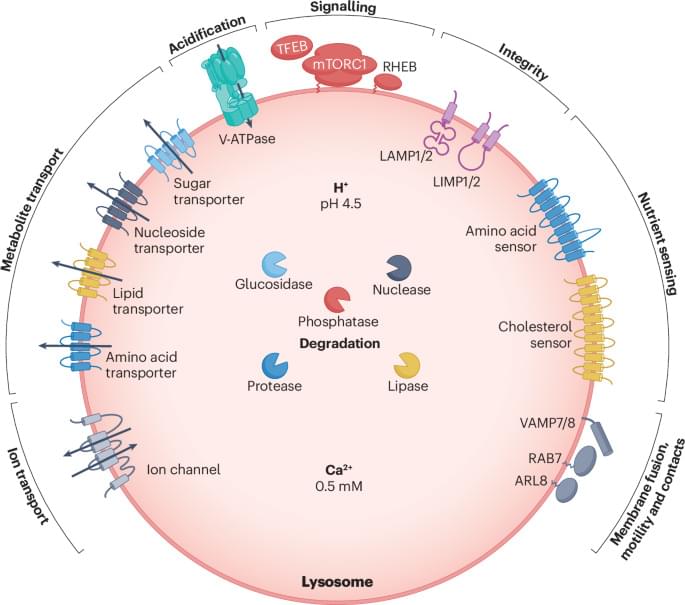
Lysosomes degrade cellular components, and their membrane is an important signalling hub. Recent insights into the mechanisms that maintain lysosomal membrane homeostasis — including the interplay between membrane damage, repair, lysophagy and lysosome biogenesis — highlight their importance in physiology, in disease and during ageing.

NIA, NINDS: UNTANGLING THE VIRAL LINK TO NEURODEGENERATION
Scientists have long sought to understand the connection between viral infections and brain health. Can common viruses, which can reside unnoticed within our bodies, contribute to the development of neurodegenerative diseases such as Alzheimer’s and other forms of dementia? A study published in Science Advances led by researchers at the NIA tapped into data from thousands of human subjects offers compelling new insights into this enigmatic area of research.
The investigation examined the neurocognitive and plasma proteomic profiles of older adults in a community-based cohort from the Baltimore Longitudinal Study of Aging. Researchers focused on their antibody responses to four common coronaviruses and six herpesviruses with hopes of uncovering the molecular pathways linking the immune response to these viruses with brain aging and dementia risk.
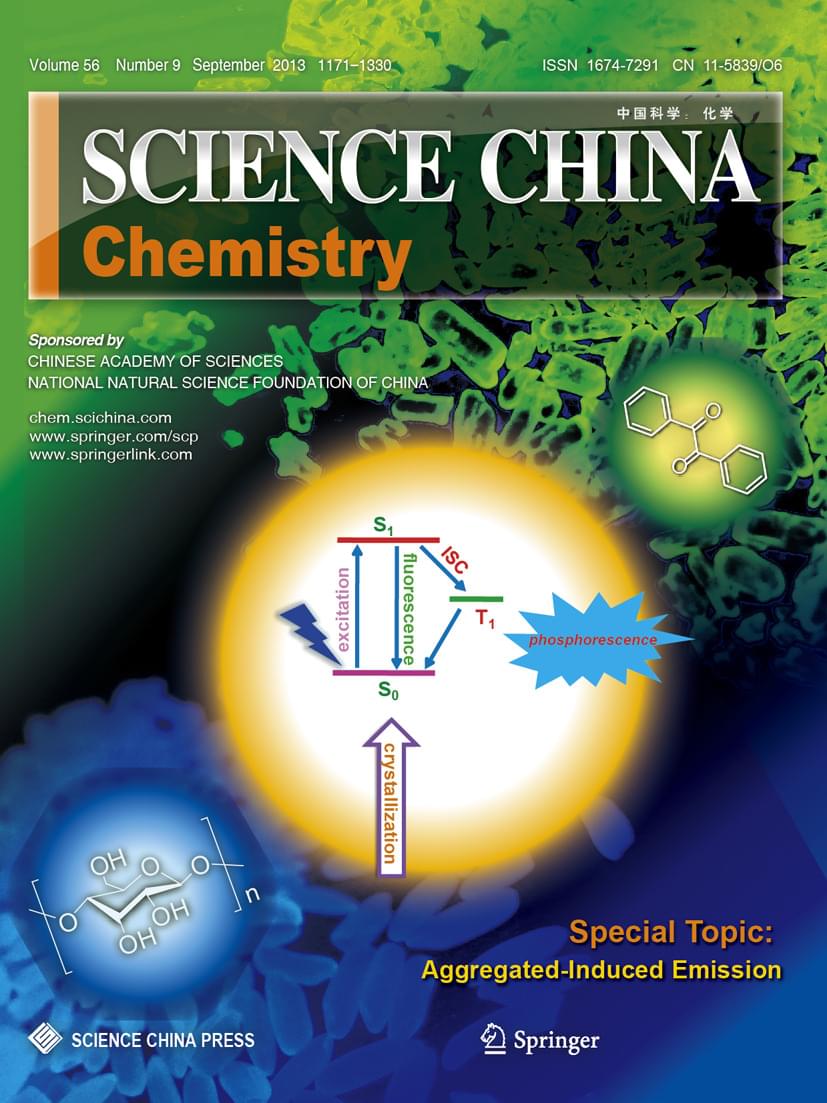
Cyclic peptides, with their unique structures and versatile biological activities, hold great potential for combating skin aging issues such as wrinkles, laxity, and pigmentation. However, traditional discovery methods relying on iterative synthesis and screening are labor-intensive and resource-intensive. Here, we present an integrated platform combining automated rapid cyclopeptide synthesis, virtual screening, and biological activity assessment, enabling the transformation of designed cyclic peptide sequences into chemical entities within minutes with high crude purity. Using ADCP docking with the ADFR suite, we identified a series of novel cyclic peptides targeting JAK1, Keap1, and TGF-β proteins.
